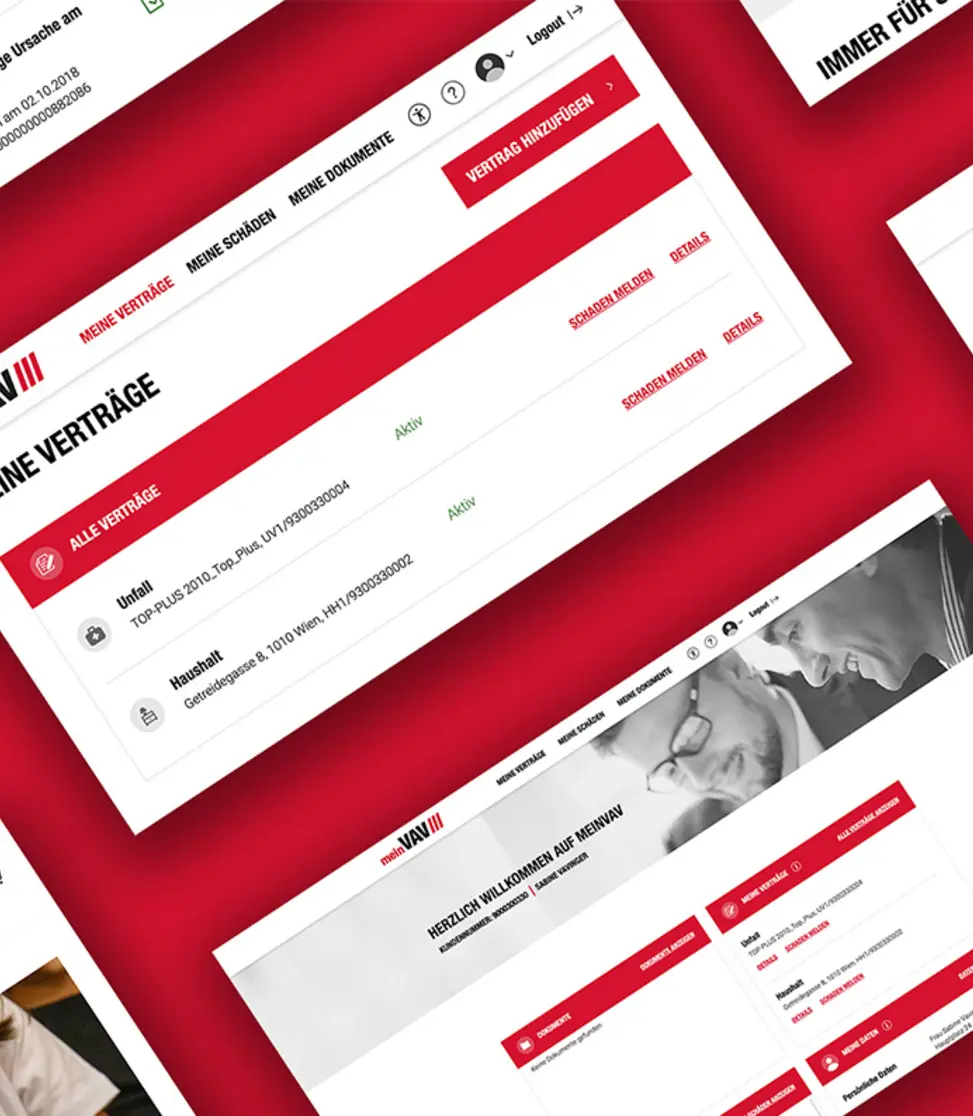


Performance Check
No matter how appealing a website may be, if it loads too slowly or visitors cannot find their way around, potential customers will be lost before they even see what you have to offer. A performance check shows how well your online presence actually works – technically, visually, and in terms of content. Often, the potential for improvement lies in the details: optimized image size, a clear call to action, or a clear page structure can already have a big impact.
Why a professional performance check is worthwhile
Many weaknesses are hardly noticeable to laypeople. Tools show numbers, but no priorities. A professional check analyzes technology, UX, and content in combination—and provides concrete recommendations that really make an impact. This turns a good website into a strong digital basis for visibility, leads, and sales.
Frequently Asked Questions
FAQ
A performance check is a comprehensive analysis of your website in terms of technology, speed, user-friendliness, and SEO. It checks how well your site is functioning—and where there is room for improvement.
Example: If images are too large, this can increase loading times and cause visitors to leave.
The longer a page takes to load, the higher the bounce rate—especially on mobile devices. Google also takes loading time into account when ranking websites.
Example: Even a delay of one second can reduce the conversion rate by up to 7%.
At least once a year—but ideally after every major relaunch or technical update. This ensures that your website always keeps pace with the latest requirements and devices.
Online tools only provide data—not recommendations. A professional check interprets the results, prioritizes measures, and shows which adjustments are actually effective.
Example: A tool recommends “optimize images”—we show you which images are relevant and how best to adjust them.
After the check, you will receive a clear overview of the current status of your website as well as specific recommendations for action – from technical adjustments to UX improvements. This way, you know exactly which steps will have the greatest effect.
Example: Better loading times, higher visibility on Google, and an increased conversion rate.











